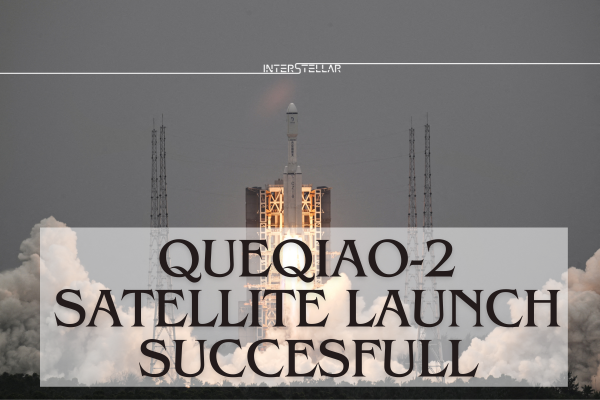China has achieved a significant milestone in its lunar exploration programme with the successful launch of the Queqiao-2 satellite, hailed as a “complete success” by the China National Space Administration (CNSA). This development marks a critical step in enhancing communication for China’s future lunar probe missions, according to reports from state media.
Launched on March 20, the Queqiao-2 satellite, named after a mythical magpie bridge, is designed to act as a communication bridge between Earth and the far side of the Moon. This side of the Moon, permanently out of direct sight from Earth due to its synchronous rotation, cannot directly transmit data to Earth, thus necessitating such a relay satellite.
Xiong Liang, the researcher and developer of Queqiao-2, likened the satellite to “the main switch” for the forthcoming fourth phase of lunar missions. “Only when the main switch is flipped on, all the communications can kick off,” Xiong stated on state television CCTV. The satellite will serve pivotal upcoming missions, including the Chang’e-6 mission scheduled for May, which aims to retrieve samples from the Moon’s far side—a first in lunar exploration.
Furthermore, Queqiao-2 is slated to support the Chang’e-7 mission in 2026 and the Chang’e-8 mission in 2028. It entered its designated elliptical orbit around the Moon on April 2, following a series of manoeuvres including correction, near-moon braking, and an orbital adjustment.
In addition to its primary communication role, Queqiao-2 has also successfully established contact with the Chang’e-4 probe, which performed a historic soft landing on the far side of the Moon and is still operational. It has also communicated with the Chang’e-6 probe, which is currently on the ground.
This launch follows the unfortunate failure of another significant project, the DRO-A/B satellites, intended for the Moon’s distant retrograde orbit. The future of these satellites remains uncertain as CNSA has not confirmed whether they can be retrieved.
Overall, the capabilities and performance of Queqiao-2 meet the mission requirements and will provide essential relay communication services for China’s lunar exploration efforts and potentially for other international lunar missions in the future.



